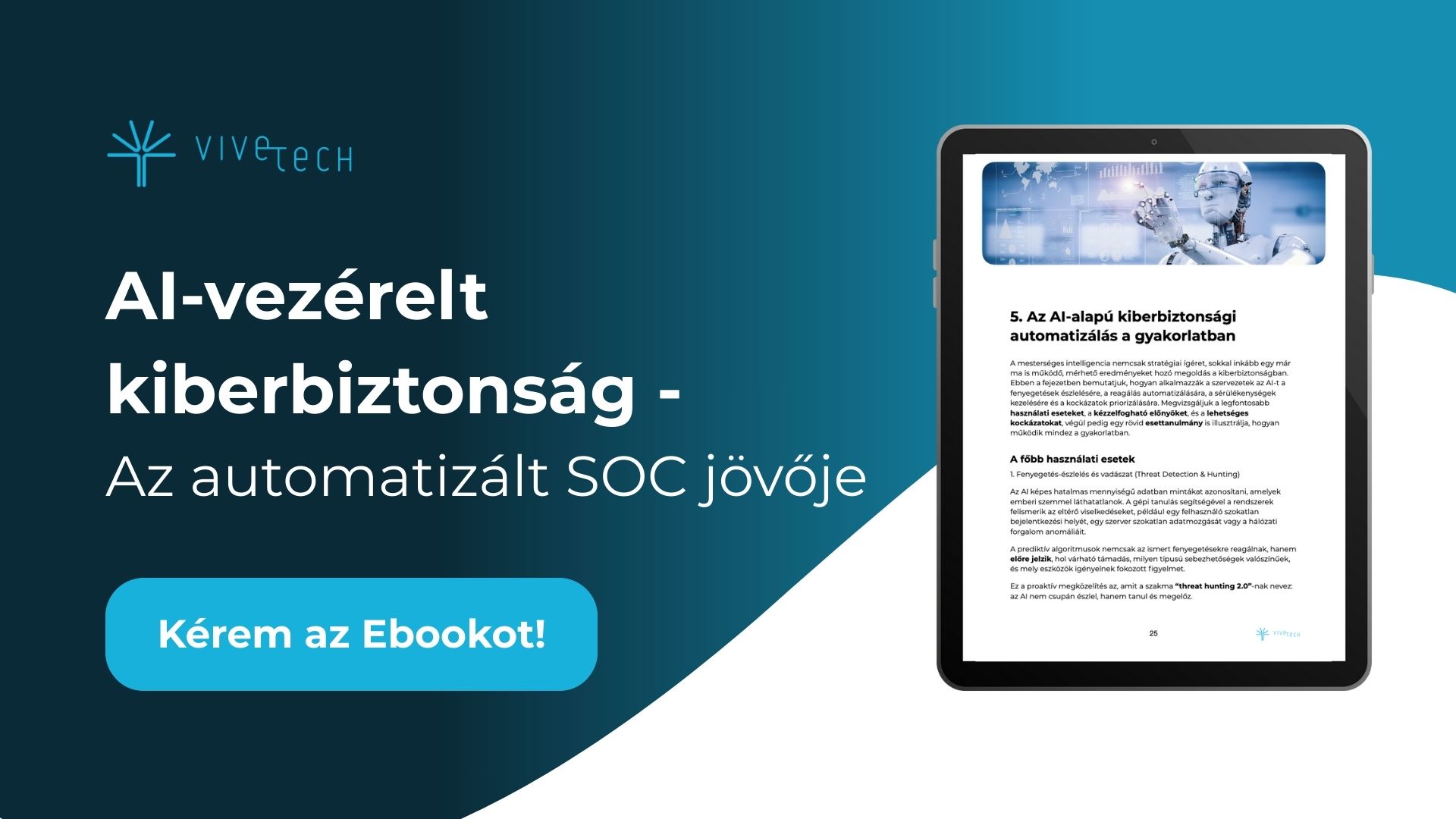
The Biggest Cybersecurity Risks Companies Must Face in 2025

As we moved into 2025, cybersecurity has never been more critical. According to the World Economic Forum’s Global Risks Report 2025, digital threats have escalated to new levels, posing significant risks to businesses worldwide. With increasing geopolitical tensions, AI-driven threats, and widespread misinformation, organizations must be prepared for an evolving cybersecurity landscape.
The Top Cybersecurity Risks in 2025
The WEF Global Risks Report 2025 identifies several key cybersecurity threats that companies must be prepared to tackle. Here are the most significant ones:
1. Misinformation & Disinformation
The rise of misinformation and disinformation is one of the most pressing cybersecurity threats today. Ranked as the fourth most significant global risk, misinformation campaigns can manipulate stock markets, damage corporate reputations, and erode trust in institutions. Social media platforms and deepfake technology have made it easier than ever to spread false narratives, creating major challenges for businesses and governments.
What can companies do?
- Implement robust fact-checking mechanisms to counteract disinformation.
- Monitor brand reputation across digital platforms to detect and respond to false narratives.
- Educate employees and stakeholders on recognizing and mitigating misinformation threats.
2. AI-Driven Cyber Threats
Artificial intelligence is transforming industries, but it also introduces new risks. AI-powered cyberattacks can automate hacking attempts, generate realistic phishing emails, and create deepfake videos to manipulate people and institutions. The adverse outcomes of AI technologies are ranked as one of the major risks businesses face in 2025.
What can companies do?
- Invest in AI-driven security solutions to detect and prevent sophisticated cyber threats.
- Train employees to recognize AI-powered phishing scams and fraudulent activities.
- Work with cybersecurity experts to stay ahead of AI-based attack strategies.
3. Cyber Espionage & Warfare
Cyber warfare and state-sponsored cyber espionage are increasing in both frequency and intensity. Government-backed hackers are targeting critical infrastructure, financial institutions, and major corporations to gain competitive advantages or disrupt national security.
What can companies do?
- Strengthen network security and encryption to protect sensitive corporate data.
- Collaborate with national cybersecurity agencies for real-time intelligence sharing.
- Implement strict access control measures to prevent unauthorized data breaches.
4. Ransomware Attacks
Ransomware remains one of the most damaging cybersecurity threats for organizations. In recent years, ransomware attacks have evolved, targeting supply chains, hospitals, and multinational corporations with increasing precision. Cybercriminals use sophisticated malware to encrypt business-critical data and demand hefty ransoms for its release.
What can companies do?
- Regularly back up critical data and store it securely.
- Deploy advanced endpoint protection to detect ransomware attempts.
- Educate employees about phishing attacks, as many ransomware infections start with a single deceptive email.
5. Supply Chain Attacks
Cybercriminals are increasingly targeting third-party suppliers to infiltrate large organizations. A single vulnerability in a vendor’s security system can provide hackers with access to the networks of multiple businesses. Supply chain attacks have surged globally, making them one of the top cybersecurity risks in 2025.
What can companies do?
- Conduct regular security audits of third-party vendors.
- Require suppliers to follow strict cybersecurity protocols.
- Implement zero-trust security models to limit access to sensitive systems.
6. Data Privacy & Compliance Challenges
With the rise of data breaches and tightening regulations, companies must be more vigilant than ever in protecting user data. Governments worldwide are enacting stricter privacy laws, such as GDPR in Europe and new data protection laws in the U.S. and Asia, making compliance a top priority.
What can companies do?
- Stay updated with regional and global data protection laws.
- Encrypt customer data and limit access to sensitive information.
- Implement comprehensive data protection frameworks to ensure compliance.
7. Insider Threats
Not all cyber threats come from external sources - insider threats remain a significant concern for businesses. Employees or contractors with access to sensitive systems may intentionally or unintentionally compromise cybersecurity, leading to data leaks, financial losses, and reputational damage.
What can companies do?
- Conduct regular employee cybersecurity training.
- Implement behavior monitoring tools to detect suspicious activity.
- Establish clear policies and strict access controls to minimize internal risks.
Preparing for the Future: Cyber Resilience
In 2025, cybersecurity is no longer just about defense - it’s about resilience. Companies must shift from reactive approaches to proactive cybersecurity strategies that anticipate and mitigate risks before they escalate.
Key steps to enhance cyber resilience:
✅ Invest in Cyber Threat Intelligence: Stay ahead of threats by monitoring cyber risks and emerging attack vectors.
✅ Adopt Zero-Trust Security Models: Ensure that no system or user is automatically trusted.
✅ Enhance Incident Response Plans: Develop a robust response plan for handling security breaches effectively.
✅ Cybersecurity Awareness Training: Educate employees, vendors, and stakeholders on best security practices.
✅ Collaborate with Cybersecurity Experts: Partner with industry leaders and regulatory bodies to strengthen cyber defenses.
Conclusion
Cybersecurity is one of the biggest challenges for businesses in 2025, with threats ranging from misinformation to AI-driven attacks and cyber warfare. Organizations must adapt and evolve to defend against these ever-growing risks by investing in proactive cybersecurity measures, robust compliance strategies, and cyber resilience frameworks.
As cyber threats continue to evolve, one thing remains clear: only the most prepared businesses will thrive in this new digital age. Is your company ready?
Other News and Events from ViVeTech
.png)
The Future of Property Technology: Innovations and Use Cases Revolutionizing Real Estate
Learn more

További híreink és eseményeink


A folyamatos megfelelés kora az NIS2 és a DORA világában - Hogyan formálja a közösség a reziliencia jövőjét
Olvasson tovább


